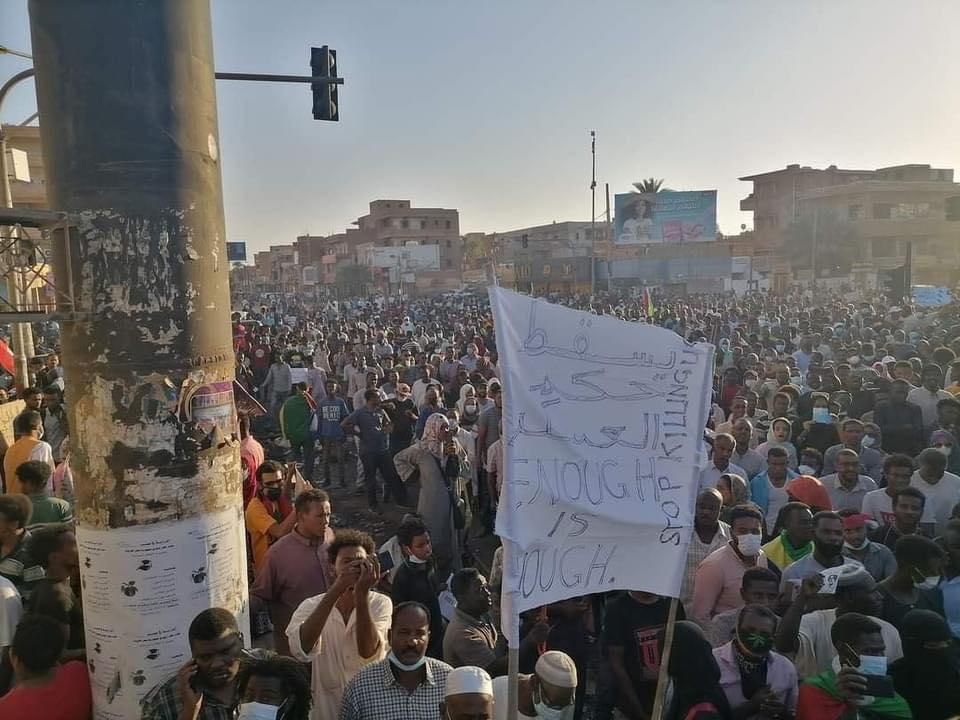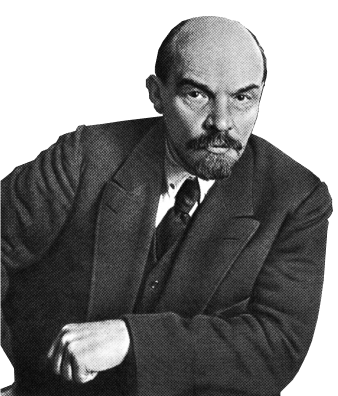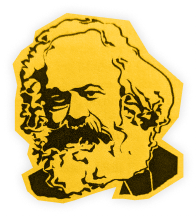
The heroic masses of Sudan are still taking to the streets to resist the military coup, in defiance of bullets, beatings and arrests at the hands of the security forces.
On Saturday 13 November, huge numbers of protestors mobilised for a second nationwide demonstration, after weeks of intense organisation efforts by the neighbourhood resistance committees – despite a total telecoms blackout and a campaign of terror by the counterrevolution.
Among the cities that joined the so-called Millions of Wrath demonstrations were Khartoum, Bahri, Omdurman, Medani, Rufa’a, Almanagil, Al-deweim, Kosti, Damazin, Tendalti, Port Sudan, Kassala, Atbara, Gadarif, Niyala, Alfashir, Abushok IDP camps, Dongola, Karima, El-obeid, Sinnar, Bara and Zaleingi. There were likely many more places where the masses rose in big numbers, but the precise turnout is difficult to calculate given the ongoing internet blockade.
The military’s crackdown was much faster and more brutal this time around. The counter-revolution has been backed into a corner, and is meeting the determined resistance of the masses with intensified repression.
This is not cowing the masses, but strengthening their determination. This was summed up perfectly by one activist on the ground: “They amp up the violence? We amp up the resistance”.
However, such a situation cannot last forever. If the deadlock persists, the masses will become exhausted and begin to weaken. Until there is a decisive, armed confrontation with the counter-revolution, it will maintain the initiative and continue to tighten its grip.
Provocations
The protests on the weekend were preceded by a number of provocations as the counter-revolution moved to secure its position.
After a series of demonstrations denouncing the military council and their coup, Burhan gave an Al-Jazeera interview on 7 November in which he shamelessly claimed the security forces had not killed anybody during the anti-coup protests. He reaffirmed that this is not a “coup” at all: the military simply stepped in to “correct” the transition to democracy. The masses were naturally infuriated by these bald-faced lies.
Then, Hemedti Dagalo, commander of the reactionary Rapid Support Forces (RSF) – consisting of tribal militias responsible for the bulk of repression against the revolution – made a statement on 8 November. He said the coup plotters are committed to protecting civilians’ rights, and fulfilling the demands of the 2019 revolution to establish an elected civilian government. This is quite a claim from a man whose hands are dripping with the blood of hundreds, potentially thousands, of protestors.
While these shameless lies were being broadcast to the nation, millions of people were left without any means of communication, while hundreds were tear-gassed, detained and shot on the street. Several picket lines organised by unions and neighbourhood defence committees to protest the coup reported raids by police and security forces, in which workers and community organisers were arrested.
Petroenergy workers at a plant in Jaily reported two such arrests on two separate days (2 November and 5 November), as well as five arbitrary suspensions during their strike against the coup. On 7 November, the Sudanese Teachers’ Committee held a protest in front of the Ministry of Education in Khartoum. They were tear gassed, and five teachers arrested, with no information given to where they are being held. This brought the total number of teachers arrested since the coup to 87.
On 11 November, General Burhan announced that negotiations with opposition groups involving the UN that had been occurring behind closed doors, had reached a conclusion that, unsurprisingly, represents nothing short of a return of military rule.
A new sovereign council was announced, with Burhan at its head, and Hemedt as his deputy. The council is made up of 14 members, with a military caucus that includes representatives of the Sudanese Revolutionary Front (SRF): an umbrella organisation of armed groups that participated in the civil war of 2003, as well as five newly appointed civilian representatives.
The involvement of these anti-Bashir rebel groups and civilian politicians is little more than a fig leaf to conceal the domination of the military junta.
On the same day, a court order to restore internet and telecommunication in the country was issued. But the Telecommunications and Post Regulatory Authority, the body responsible for regulating telecommunications, defied the order at the behest of the military, meaning the blackout remains in effect.
This attempt to consolidate the power of the junta enraged the masses. The Sudanese Professionals Association responded by saying: “Burhan’s decisions apply to no one but himself”, rejecting the legitimacy of the new sovereign council.
Meanwhile, the resistance committees immediately called for escalating efforts of barricading neighbourhoods, in addition to calling local and international protests to coincide with the “Millions of Wrath” march, to demand the release of all political prisoners, and call for an end to military rule once and for all.
Bloodshed
On the morning of Saturday 13 November, revolutionaries all over the country prepared for the march by barricading neighborhoods to protect residents from security forces, and continued to spread the word about mass demonstrations by burning tires and handing out leaflets. Despite the lack of internet coverage, one video in Burri shows rallies reaching their peak by 1:10 PM. 20 minutes later, the junta began their offensive. Similar stories emerged from all over Sudan.
Reports on the ground suggest that the violence shown by the counterrevolutionary security forces have dramatically increased. This time, no restraint was shown. “They combed through one street three times, firing teargas [very close in range] and live ammunition. Those people came to kill, they shot at anyone they saw”, one report states. Meanwhile, on national TV, the police denied using firearms when dispersing protests.
Another video shows cops and security forces swarming a single protestor, who is clearly unarmed. He is beaten until he falls to his knees, and arrested afterwards. Multiple videos confirm the same tactic was used with protestors in the streets of Omdurman, Burrin, Riyadh in the capital.
Local committees report that security forces in minivans, similar to public transit vehicles, out of uniform and dressed as civilians, would drive around and abduct people. Mass arrests took place nationwide, exceeding 100 in Darfur. It’s reported that some detainees have contracted COVID-19 due to crowded facilities, and have been refused any medical attention.
Pictures from the ground clearly show the use of snipers in different locations. It was also reported that the security forces went into neighborhoods, throwing teargas canisters into homes and cars to set them on fire. They were also engaging in random arrests and home invasions. One victim of these barbaric actions is 13-year-old Rimaz Hattem Al-Atta, who was shot in the head in her home.
Many hospitals were struggling due to the massive influx of casualties. The Sudanese Central Doctors’ Committee sent out multiple calls for assistance and blood donations. Hospitals, such as Alarba’een and Waad, were reportedly stormed by the security forces, who started beating doctors and wounded protestors alike.
The Sudan Doctors’ Syndicate Facebook page reported that the junta have been using hollow-point bullets, which expand on impact, creating far more damage to targets than normal rounds, and have been banned in warfare internationally.
There is no way of telling the total number of casualties. The latest reports suggest that over 200 were injured, with 100 suffering from gunshot wounds and 11 being in unstable condition. At least seven people have been reported dead in Khartoum, mainly youth aged between 13 and 17. Silent demos were held outside of hospitals the following day in solidarity with the victims, and as it seems security forces continued their attacks in the neighborhoods by hurling teargas canisters.
The military council is being utterly ruthless. And all the imperialist politicians offer in response to this bloodshed and barbarism are crocodile tears, hypocritical condemnations, and empty demands for civilian rule. Meanwhile, UN representatives have been working behind the scenes to restore a ‘power share’ between what remains of the civilian government and the same reactionary generals gunning down unarmed protestors!
The masses clearly (and correctly) recognise the junta will not tolerate anything less than total control. They will only win civilian rule on the basis of their own strength.
What now?
The new sovereign council is negotiating one final candidate to represent the Eastern region, in a bid to grant itself legitimacy. In response, the movement has reiterated its main slogan: “No negotiations. No partnership. No legitimacy for the coup!”
The resistance committees, as well as the Sudanese Professionals Association, are calling for escalating civil disobedience, which means more strikes and protests are to be expected in the coming days. A protest is being called by the councils for 17 November, but it is not confirmed whether it will be confined to local communities, or if it will once again take place nationwide.
In previous articles, we pointed out the bankruptcy of the pacifist nature of the revolution. Despite the masses repeatedly demonstrating their strength and tenacity – shutting down the country with coordinated strike action, and holding firm against the vicious counter-revolution – these methods cannot be sustained indefinitely.
Where does the revolution go from here? We’ve seen time and time again the lengths to which the military brass will go to preserve their power and privileges. They will continue gunning down anyone in their way until they have restored the reactionary Bashir regime with new faces at the top. Therefore, any escalation without a plan for armed defence of the revolution will lead nowhere.
There is a real fear of civil war in the region, but the class war is already underway, as seen in recent events. At the moment, only one side is willing to prosecute this war with arms in hand. Thus, self-defence committees should be organised at once. These should be armed and prepared by any available means to defend the people against the bloodthirsty counter-revolution.
For now, the military has the revolution outgunned. Therefore, a key task is winning over rank-and-file soldiers. There is some evidence that the resistance committees are starting to understand this necessity.
Recently, the Karrari’s Resistance Coordination Committee published a video from 2019 of a soldier in his truck, surrounded by protestors in the occupation that overthrew Bashir’s regime. He calls for other rank-and-file members of the military to join the revolution:
“All of those in the ranks: come stand here! Come stand with the people! Stand with the people until change happens! Burying your heads in the ground will not work to your benefit. Take a stand with the people!”
The video was shared with the following comment from the resistance committee, clearly aimed at any sympathetic soldiers: “This is a message to those left with honour in all ranks of the security forces. Your leaders have chosen their interests over the masses.”
This message needs to be a part of the escalation programme of every local resistance committee in the country. While seeking any means possible to arm themselves, they must at the same time organise fraternisation between the revolutionary people and the rank-and-file troops. They must produce propaganda materials aimed at the soldiers, and distribute them to the army barracks.
The urgency of this task must be communicated to the masses via the nightly educational discussions organised by the resistance committees. The message must be spread to all the revolutionary picket lines, and painted on walls across the whole of Sudan: “the ordinary soldiers must be won to the side of the revolution so that it can defend itself against further bloodshed!”
Once sympathetic elements from the armed forces have won over – dividing the military on class lines and weakening Burhan and Hemeti’s base of support – the revolutionary troops must be incorporated into the self-defence committees to prepare for an armed confrontation with the junta.
Unlike the RSF, a mercenary force based on the reactionary Janjaweed militias, the ordinary troops are only workers and peasants, who alongside their class brothers and sisters faced misery and poverty at the hands of the old Bashir regime, which looted the country with impunity for decades. The remnants of this rotten regime are the common enemy of all poor and oppressed sections of Sudanese society.
The only way to defeat the coup is for the resistance committees to make a general appeal to the rank-and-file soldiers to stop the murderous generals in their tracks, by joining the revolutionary masses and confronting the counter-revolution arms in hand.
From there, all counter-revolutionary elements should be arrested and their wealth expropriated under the democratic control of the people, and placed in service of rebuilding the country. It is only on this basis that true democracy and civilian rule can be sustained: ending the poverty, hunger and backwardness that haunt the Sudanese masses every day. This will require the rational planning of the economy for the common good, rather than to fill the pockets of a parasitic elite.
Completing the tasks of the Sudanese Revolution necessitates building socialism in the country, as a beacon of hope to the oppressed and exploited masses throughout the Horn of Africa and beyond. Only this can finally put an end to the misery and barbarism that wrack the continent. As the placard of one protestor eloquently expressed to the same effect: “Death, my friend, is living in fear under their boot.”

